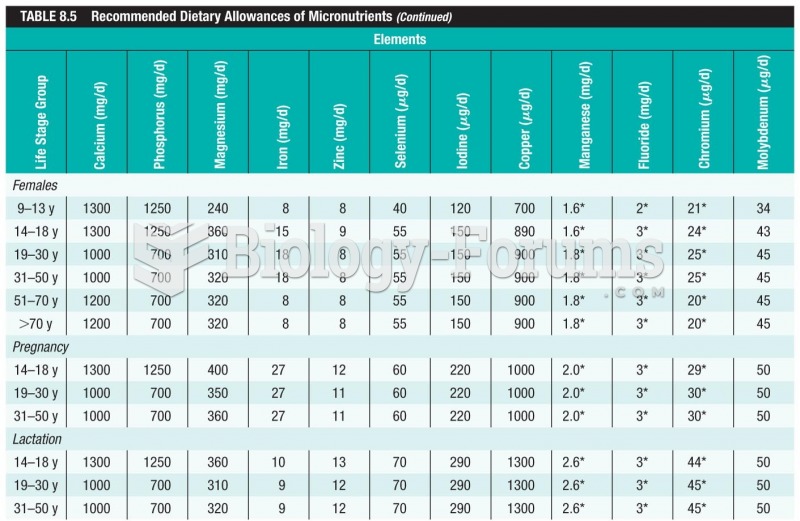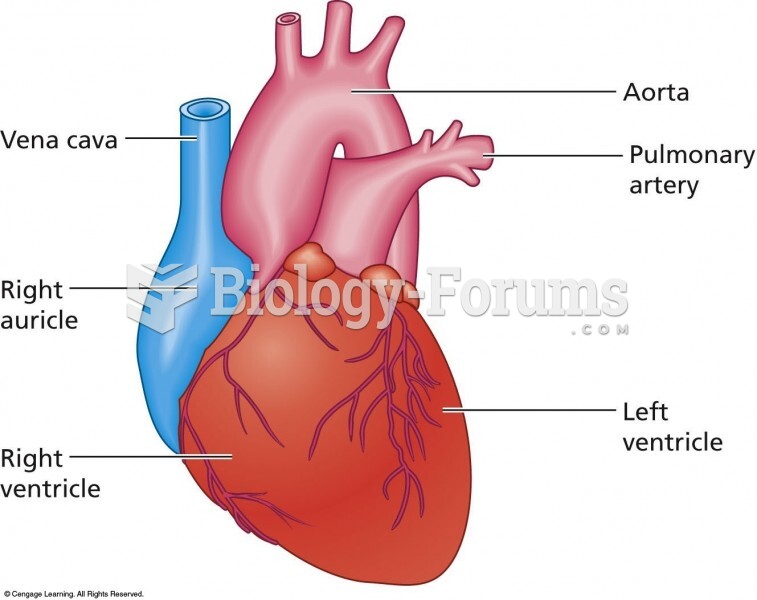Answer to Question 1
Dietary References Intakes (DRIs)
DRI for Nutrients
EAR, Estimated Average Requirement: the amount of a nutrient that is estimated to meet the requirement for the nutrient in half of the people of a specific age and gender. The EAR is used in setting the RDA.
RDA, Recommended Dietary Allowance: the average daily amount of a nutrient that is sufficient to meet the nutrient needs of nearly all (9798 percent) healthy individuals of a specific age and gender.
AI, Adequate Intake: the average amount of a nutrient that appears to be adequate for individuals when there is not sufficient scientific research to calculate an RDA. The AI exceeds the EAR and possibly the RDA.
UL, Tolerable Upper Intake Level: the maximum amount of a nutrient that is unlikely to pose any risk of adverse health effects to most healthy people. The UL is not intended to be a recommended level of intake.
DRI for Energy and Energy Nutrients
EER, Estimated Energy Requirement: the average calorie intake that is predicted to maintain energy balance in a healthy adult of a defined age, gender, weight, height, and level of physical activity, consistent with good health.
AMDR, Acceptable Macronutrient Distribution Range: a range of intakes for a particular energy source (carbohydrates, fat, protein) that is associated with a reduced risk of chronic disease while providing adequate intakes of essential nutrients.
Answer to Question 2
The following is an example of a healthy Mexican-American dinner:
Appetizer: no-fry chipsImmerse several tortillas in warm water, drain quickly, cut into six to eight wedges, and place on a nonstick pan; bake in a 500-degree Fahrenheit oven for 3 minutes, flip, and continue to bake for another minute or two until golden brown. Serve with salsa.
Main course: corn tortilla filled with regular, unfried pinto beans mixed with chopped onion and topped with a sprinkle of shredded cheese and a generous portion of lettuce, salsa, a dollop of fat-free plain yogurt or fat-free sour cream, and a garnish of sliced avocado.
Dessert: one-half cup fresh fruitbanana, apple, pineapple, and mango.







